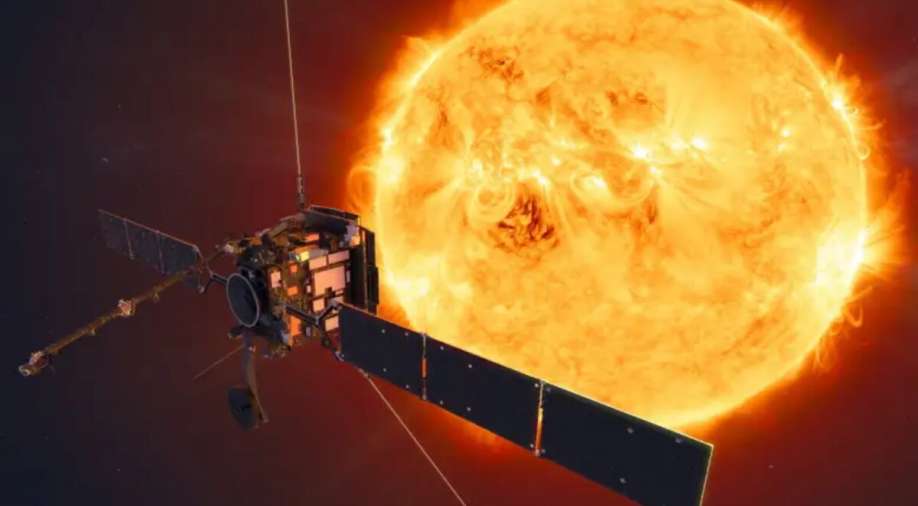The onset of the new year brought a sombre note to Japan. At approximately 4:10 pm on January 1, a 7.4 magnitude earthquake shook the Noto Peninsula, located on the wast coast of Japan.
What makes this earthquake particularly unexpected is its occurrence on the west coast of the country, as opposed to the east, which has experienced the most earthquakes in the history of Japan.
trending now
Map showing the epicentre of the the 7.4 magnitude earthquake that hit Japan on Jan 1. Map credit: AFP
“In the last 125 years, the Ishikawa Prefecture has seen about 30 earthquakes in the region, and they have not been major ones. In its entire documented history, this is the largest earthquake to have occurred on the west coast,” Dr Kusala Rajendran, a national award-winning seismologist and a retired earth sciences professor from the Indian Institute of Science, Bengaluru, told WION.
The tremors of this earthquake reverberated as far as Tokyo, situated 300 km (185 miles) away.
But what makes Japan so prone to earthquakes?
The tectonic plate mechanism
Earthquakes occur when two tectonic plates collide, and one slides beneath the other, resulting in the sudden release of energy.
“Japan is located on four major tectonic plates – the Pacific plate, North American plate, Philippine plate, and the Eurasian plate,” Dr Rajendran said.
The existence of these four plates, grinding against each other, makes the region very complex.
However, the Noto earthquake serves as a testament to the cultivation of resilience. The impact could have been far more devastating if not for Japan’s dedicated focus on mitigating disaster risks.
According to Dr Rajendran, the death toll has exceeded 100 solely because the earthquake occurred on the wast coast. If it had happened on the eest coast, where Tokyo is situated, measures could have been taken to more effectively handle or reduce the toll.
But in general, Japan heavily invests in preventive measures, using advanced early-warning systems that transmit alerts about significant earthquakes to mobile phones and TVs, occasionally interrupting live broadcasts.
In February 2022, Turkey faced a devastating 7.8-magnitude earthquake that tragically claimed over 59,000 lives. The strikingly lower casualty count in Japan, despite experiencing a quake of comparable magnitude, highlights the effectiveness of Japan’s progressive resilience-building efforts over time, distinguishing it from other nations.
Local governments and businesses engage in thorough disaster planning and training. In response to the disaster, Ishikawa Prefecture, covering the Noto Peninsula, swiftly established a Disaster Countermeasures Headquarters.
By the afternoon of January 2, NHK’s broadcasts displayed images of emergency responders assessing damage and residents receiving aid from relief workers.
Concurrently, amidst ongoing recovery efforts, many New Year traditions persisted. On Japanese Twitter (now X), the leading trending topic early on January 2 was the Hakone Ekiden, an annual long-distance race.
JR East, responsible for operating trains in the quake-affected regions, had its bullet-train lines operational again by 3 pm on January 2—less than 24 hours after the earthquake struck.
If there is a large earthquake in the Himalayan range, which Dr Rajendran says is overdue, the Delhi NCR region is going to face a big problem owing to the fact that most of its high-rise buildings and metro pillars stand on soft alluvial soil, which is a pile-up of sediments transported by river.
“The Japan earthquake is a reminder for everyone to make preparedness and earthquake education a priority,” Dr Rajendran notes.
)
)
)
)
)
)
)
)
)
)
)
)
)
)
)